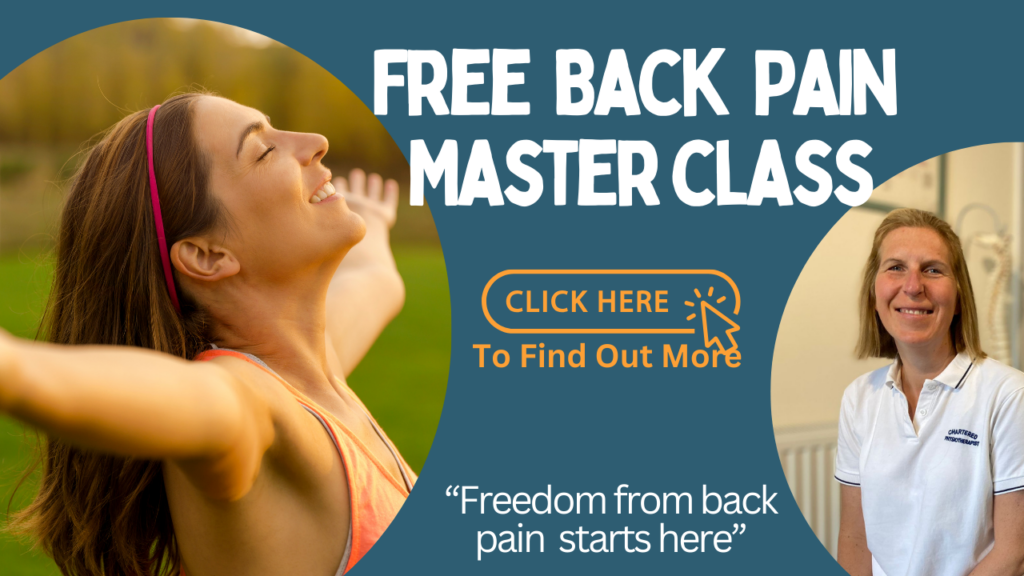“Degenerative Disc Disease.”
The name alone sounds alarming.
If you’ve seen it on your MRI or X-ray report, you’re not alone i see it regularly on my patients scans —and you’re definitely not doomed.
In this blog, we’ll explain what degenerative disc disease actually is, how it shows up on scans, and—most importantly—what you can do to feel better, move better, and live a full life even with this diagnosis.
What Is Degenerative Disc Disease (DDD)?
Despite the name, DDD is not a disease in the way people imagine. It’s a natural, age-related change in your spine—just like grey hair or wrinkles.
Here’s what happens:
- The discs between your vertebrae lose water content and become less spongy.
- They may flatten or develop small tears.
- This can sometimes cause pain or stiffness—but often it doesn’t.
In fact, studies show many people have disc degeneration and feel no pain at all.
What DDD Looks Like on a Scan
If you’ve had an X-ray or MRI, your report might mention things like:
Loss of Disc Height
- The disc looks thinner or more compressed.
- This is one of the most common changes with age and isn’t always painful.
Disc Desiccation
- This means the disc has dried out or lost water content.
- Think of it like a sponge drying over time—less bouncy, but still there.
Disc Bulges or Protrusions
- Sometimes, as discs degenerate, they bulge out slightly.
- This may or may not affect nearby nerves.
Facet Joint Changes
- The small joints at the back of the spine may show signs of wear.
- Called “facet joint arthropathy,” these changes are often found alongside disc issues.
Modic Changes
- These are changes in the bone near the disc, seen on MRI.
- Can sometimes be linked to pain but also found in pain-free people.

Does Degenerative Disc Disease Cause Pain?
Sometimes—but not always.
It depends on:
- Whether nearby nerves are irritated
- Your movement habits and posture
- Muscle weakness or tightness around your spine
- Emotional stress, sleep, and general health (all influence pain levels!)
So even if your scan shows degeneration, it doesn’t mean your spine is crumbling or that you’re heading for surgery.
Real-Life Case Studies
CASE 1: Severe DDD on Scan—No Real Pain
Colin, 63, had advanced degeneration from L3-L5, according to his MRI. His doctor warned him about possible fusion surgery down the line. But in clinic, Colin had good strength, moved confidently, and only reported stiffness in the morning. With a few tweaks to his daily routine and some strengthening exercises, he is leading a full active and pain-free life.
CASE 2: Mild DDD—Lots of Pain
Laura, 47, had only mild degenerative changes at L4-L5, but her pain was severe. She had poor core engagement, weak glutes, and sat long hours at work. Her pain improved rapidly with a focused plan to improve posture, mobility, and strength.
Laura assumed it was the mild DDD that was causing her pain and had thought there would be little she could do. So she was both surprised and delighted by the level of improvement she gained by following the Pain Free Back Program seeing significant improvements in 6 weeks.
What You Can Do About DDD
You are not powerless.
✅ Move More: Movement nourishes your discs and joints. Walking, stretching, and low-impact exercises help.
✅ Build Strength: Strong muscles support your spine. Focus on glutes, core, and posture.
✅ Improve Mobility: Target stiffness in your hips and thoracic spine, which often compensates for lumbar issues.
✅ Don’t Panic About the Scan: Treat the person, not the picture.
✅ Get Guidance: Physiotherapy helps create a plan tailored to you—not your MRI.
Takeaway Message
Degenerative Disc Disease is more of a label than a life sentence. It’s a description, not a definition of your future.
You can absolutely:
- Feel better
- Move better
- Avoid surgery
- Take control
Remember – I’m here to help guide and support you if you need.
Take care, Helen
Helen Manders BSc (Hons) MCSP HCPC
Chartered Physiotherapist
Treating Back Pain Since 2001
Want to Learn More?
Join my FREE Back Pain Masterclass where I explain:
- How to manage your back to keep your discs happy.
- What might be causing your back pain (it might surprise you!)
- Leave with a full road map to recovery.
Click here to learn more and enrol. I would LOVE to see you there.




